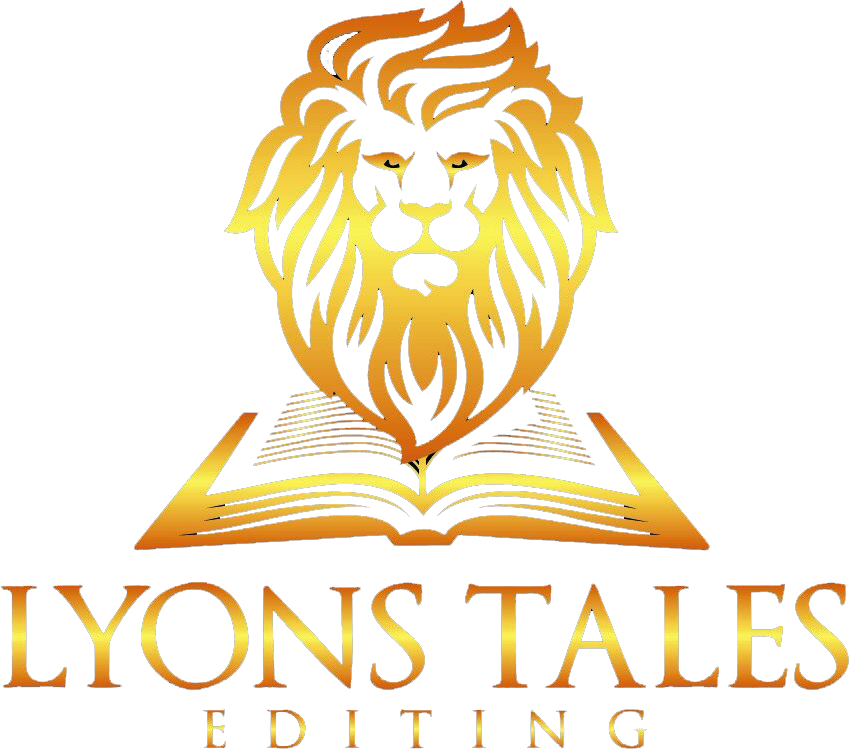My AI Detector Brings Up False Positives
Ever had one of those moments when you run your masterpiece through an AI detector, and it goes all red-alert, flagging what seems like a gazillion errors?
Welcome to the realm of AI detectors and their sometimes overzealous nature when it comes to false positives. Let's unravel this virtual mystery and learn how to outwit the quirks!
Navigating the Frustrating False Positives on AI Detectors
So, you've penned an eloquent blog post that's as smooth as butter. You decide to give it a quick AI check just to ensure it's polished to perfection for your client. But lo and behold, the detector is having a field day, lighting up your screen like a Christmas tree. You stare, puzzled, as it highlights supposed errors and claims your writing is a linguistic landmine filled with information created by a robot.
False positives are those instances where AI detectors, in their effort to be helpful, go a bit too far. They flag things that aren't really errors or misinterpret your creative choices as blunders. It's like having a well-intentioned friend who sees a rain cloud and insists you need an umbrella when your intention is to splash in the puddles.
Why do false positives on AI detectors happen?
There are a few reasons that an AI detector will flag your writing as an AI field day.
AI detectors follow strict rules and patterns, but they might not grasp the nuances of creative expression. So, that witty wordplay or intentionally repeated phrase could end up on their hit list, just because we’re talking liek a person, not as a robot.
You also need to brace yourself for a false positive parade if you use slang or idioms in your writing. The detector might not get your playful banter and deem it an error. AI detectors can't fully understand context like a human can. So, a well-crafted pun might come across as a grammatical glitch if the detector can't grasp the layers of meaning.
If you're writing about unique names, places, or niche terms, AI might also get its wires crossed. Names that aren't in its vocabulary can trigger the dreaded false positives too. It assumes all your characters will be called Fred or Betty.
Another huge thing to look out for is the punctuation issue. Some detectors are finicky about punctuation. If you're aiming for a certain rhythm or style, punctuation choices might set off alarms where none are needed. Blogging is a style of writing that’s naturally more relaxed and sometimes, in order to gain your audience’s attention, you will bend the normal rules a little. Don’t let the feindish AI detector put you off from writing in your own way.
How to Avoid the Dreading AI Detection
Now that we've pinpointed the culprits, how do you, the brilliant writer, navigate this false positive maze? Well here are a few tools that you have at your disposal.
Contextual Anchors
When your writing takes a creative turn, consider adding a sentence or two that explains your intention. It's like giving the AI detective a magnifying glass to see the big picture.
Style vs. Rule
If you're deliberately bending grammar rules for artistic effect, don't be afraid to note it. AI detectors often appreciate a human explanation to avoid false alarms.
Test with Duplicates
To determine if an AI is overreacting, try copying the same text multiple times. If it flags different things each time, it might be having a false positive meltdown. If this is the case, it’s a good idea to send these differences in AI opinion to your client to show that it is an issue with the detector.
Consider the Source
Different AI detectors have different strengths and weaknesses. If you're consistently getting false positives with one, it might be worth trying another. If your client insists on a specific AI detector, it’s a good idea to give them the result from the one they requested and a few different ones.
Clients tend to stick rigidly to an AI detector if they don’t really know how it works. They usually feel that any red flags from a detector mean that you haven’t written the content yourself, when in fact, it’s the exact opposite.
If you’re struggling with this, try to explain, in a professional manner, how AI detectors work and exactly what they look for. Or - just send them the link to this article.
The idea is to prove that red flags on an AI detector doesn’t actually mean that you’re cutting corners, it means that you’re using a human voice to entice their customers and the computer just doesn’t understand.
Remember, you're the author with the creative vision. If something feels off with the suggestions, trust your instincts and stick to your artistic guns.
The Future of AI Detectors
As AI detectors continue to learn and evolve, we can expect them to become more adept at understanding creative expression. But until then, false positives will likely continue to be a part of the AI-human tango.
The key is to view AI detectors as tools that can help refine your writing, not as the ultimate judges of your creativity. Embrace their insights while also recognising that the quirks of language and artistic flair often fall beyond their virtual grasp.
Don’t let them put you off and make sure you speak to your client about your concerns. We can learn to live alongside AI as long as the people we work with understand our value. Teaching your client about the real reasons for AI detector red flags could really help you to create long-lasting and beneficial relationships.
For more help in deciphering the AI minefield, there are a few amazing e-books available that can give you access to the basics and will talk you through your future working alongside AI. Take a look at this one that I personally found really beneficial.




